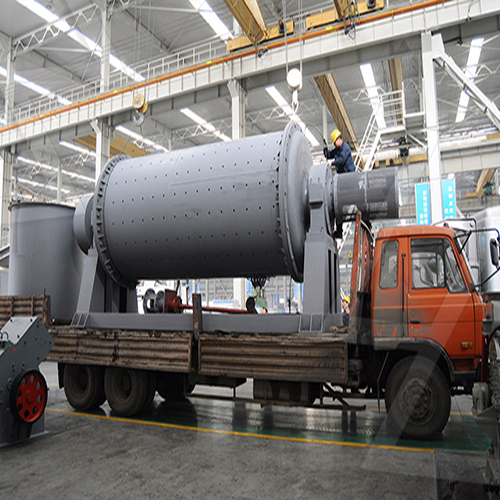Raymond Grinding Mill and Its Maintenance
# 1. Introduction to Raymond Grinding Mill
The Raymond Mill (Raymond Roller Mill) is a widely used grinding machine for processing non-metallic minerals with Mohs hardness below 7 and humidity below 6%. It is commonly used in industries like mining, cement, chemicals, and metallurgy to grind materials such as limestone, calcite, barite, dolomite, feldspar, and talc.
 # 2. Working Principle
# 2. Working Principle
– The material is fed into the grinding chamber via a feeder.
– The grinding roller swings outward under centrifugal force and presses against the grinding ring.
– The shovel scoops up the material and sends it between the roller and ring for grinding.
– The ground powder is blown upward by airflow and collected by a classifier.
– Fine powder passes through the classifier while coarse particles return for regrinding.
# 3. Key Components of Raymond Mill
1. Grinding Roller & Ring – Main grinding parts.
2. Classifier – Controls fineness of the product.
3. Blower – Provides airflow for material transportation.
4. Reducer & Motor – Drive system for rotation.
5. Feeder – Controls material input rate.
6. Pipes & Cyclone Collector – Collects finished powder.
 # 4. Routine Maintenance of Raymond Mill
# 4. Routine Maintenance of Raymond Mill
Proper maintenance ensures long service life and stable performance.
## (A) Daily Maintenance
1. Lubrication Check
– Ensure bearings (grinding roller, main shaft) are well-lubricated with high-temperature grease (e.g., lithium-based grease).
– Replace lubricating oil in the reducer every 3–6 months.
2. Inspect Wear Parts
– Check grinding rollers and rings for wear (replace if thickness is <10mm).
– Examine blades and scrapers in the classifier.
3. Tighten Fasteners
– Bolts may loosen due to vibration; check regularly.
4. Monitor Vibration & Noise
– Abnormal noise may indicate bearing failure or misalignment.
5. Check Airflow & Pressure
– Ensure no blockage in pipes or cyclone collector.
## (B) Periodic Maintenance (Monthly/Quarterly)
1. Replace Worn Rollers & Rings
– Uneven wear affects grinding efficiency.
2. Inspect & Clean Bearings





Leave a Reply